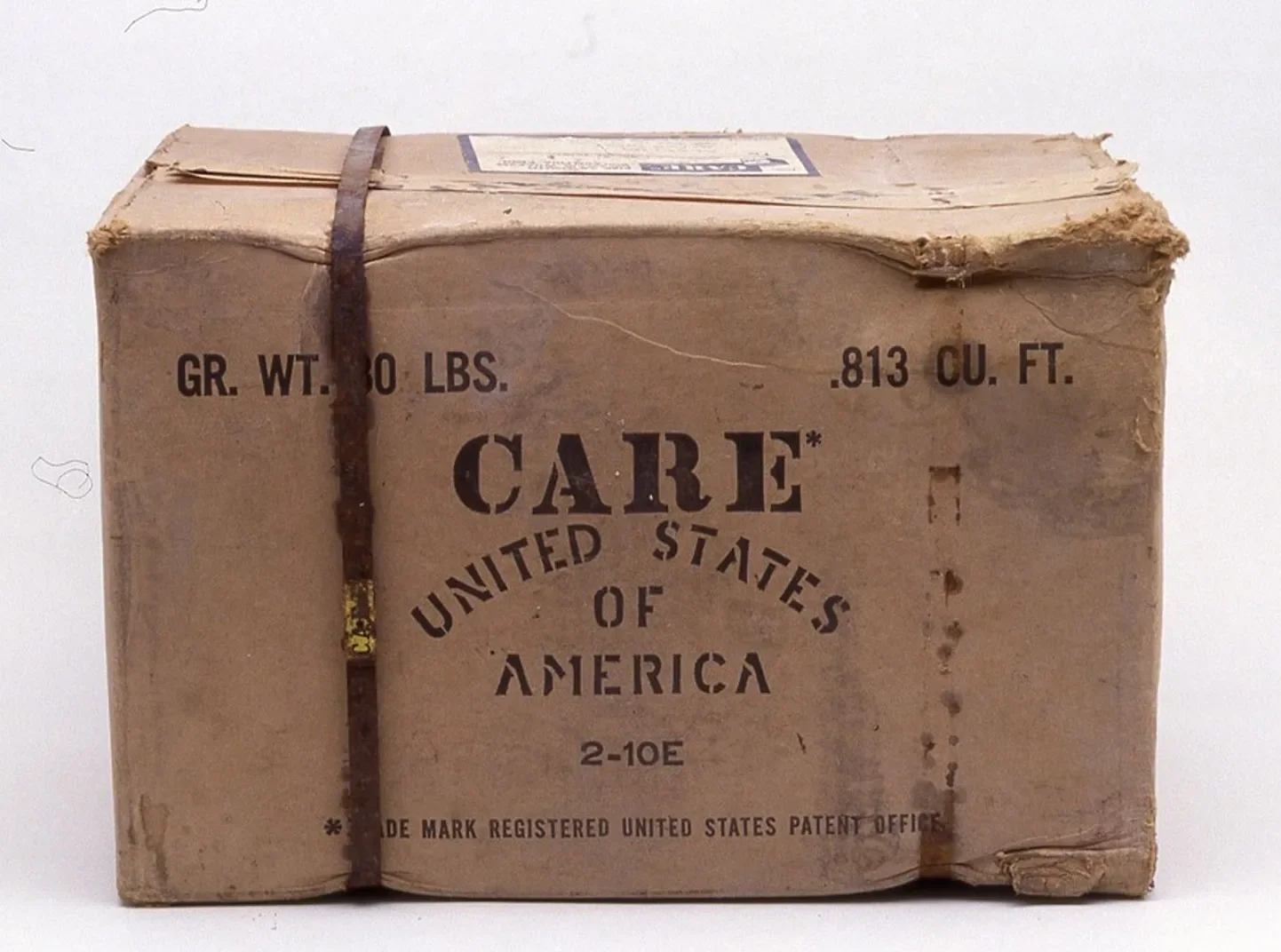Executive Summary
“The vaccines are here but support for delivery is most needed, especially at the last mile.” – District Health Management Team member, Ntcheu
As of January 10, 2022, Malawi had delivered 1.84 million doses of vaccine out of the 3.12 million doses it has received so far. Many doses in country have rapidly approaching expiration dates, and if they do not get to people fast, they risk expiring on the shelves. To make sure the 1.26 million doses left go to the people who need them most, we must invest more in communication, engagement, and delivery. The $37M granted by the World Bank over the past year is sufficient for covering only 8% of Malawi’s total population. What is more, as the highly contagious Omicron variant spreads worldwide, it is even more critical that more people are vaccinated now. We cannot assume that the Government of Malawi and its current health system can do it alone.
The government and other health actors in Malawi are working tirelessly to vaccinate people, while facing multiple health crises. The health system is building on a base of committed (if overstretched) health workers, an openness to community feedback, and a long expertise of delivering The government is coordinating closely with many actors to reduce gender gaps, get vaccines to the last mile, and keep existing health services open. Nonetheless, the Ministry of Health is under-resourced, and operating in a global system where the vaccine supply that arrives may be close to expiring. For example, doses of the Astra-Zeneca vaccine had to be destroyed in the spring, after arriving in Malawi with only two and a half weeks left before their expiration date.
More investment is needed. To take just one example, the national government has been able to provide one van per district to support mobile vaccination sites, to get vaccines to the last mile. Mobile vaccinations are the most effective way to serve people who live far away from health centers and do not have access to easy forms of transportation. That means that in Ntcheu, one van is expected to serve a target population of 214,929 people living over 3,424 square kilometers. One van cannot serve those people fast enough to make sure vaccines get where they need to in time, especially when an inconsistent and unpredictable vaccine supply could have doses expiring at any time.
